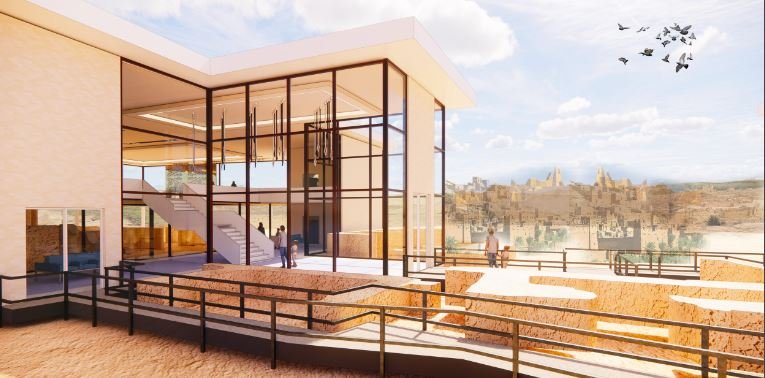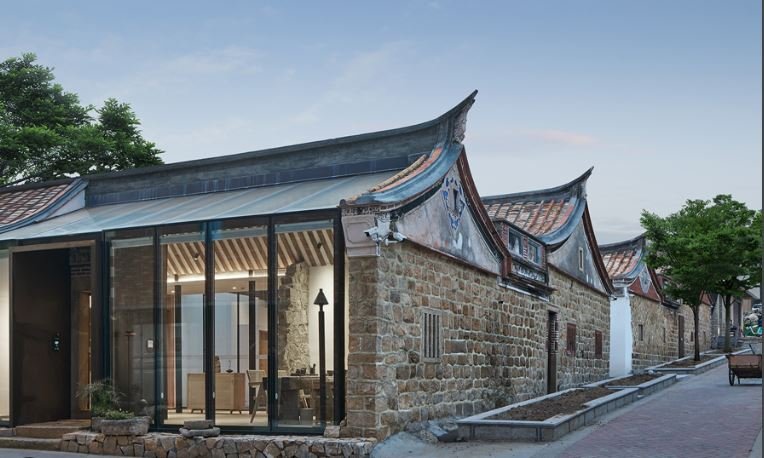Breathing New Life into Historic Buildings
Revitalizing historic buildings breathes new life into our cities, blending the past with the present. These restoration projects preserve cultural heritage while offering modern functionality. Breathing new life into historic buildings not only respects architectural history but also contributes to sustainable urban development.

Preserving Architectural Heritage
Preservation of architectural heritage is a crucial aspect of restoring historic buildings. By maintaining original features and craftsmanship, restoration projects honor the history and culture embedded in these structures. Techniques such as careful cleaning, repairing damaged sections, and using period-appropriate materials ensure that the building’s historical integrity remains intact. This preservation work allows future generations to appreciate and learn from the architectural styles and construction methods of the past.
Adapting to Modern Uses
Adapting historic buildings for modern uses is a key component of their revitalization. These buildings can be transformed into residential spaces, offices, museums, or community centers, meeting contemporary needs while retaining their historic charm. This adaptive reuse not only saves the buildings from decay but also injects new economic and social vitality into the area. Thoughtful design solutions ensure that modern amenities are seamlessly integrated without compromising the building’s historic character.
Sustainable Restoration Practices
Sustainable restoration practices play a significant role in breathing new life into historic buildings. By reusing existing structures, the environmental impact associated with demolition and new construction is minimized. Energy-efficient upgrades, such as improved insulation, modern HVAC systems, and solar panels, reduce the building’s carbon footprint. These green retrofits ensure that historic buildings can be enjoyed for years to come while supporting environmental sustainability.
Community and Economic Benefits
Revitalizing historic buildings brings numerous community and economic benefits. Restored buildings can become cultural landmarks, attracting tourists and boosting local economies. They provide spaces for community events, fostering a sense of place and belonging. Additionally, these projects often create jobs, from skilled restoration work to ongoing maintenance and management. The revitalization of historic buildings can spark further investment and development in the surrounding area, leading to broader urban renewal.
Challenges and Solutions
Revitalizing historic buildings comes with its own set of challenges. Structural issues, outdated building codes, and the need for specialized craftsmanship can complicate restoration efforts. However, these challenges can be overcome with careful planning and innovative solutions. Collaboration between architects, historians, and conservation specialists ensures that the restoration process respects both the building’s history and modern requirements. Financial incentives, such as grants and tax credits, can also support these often costly endeavors.
Success Stories Around the World
Around the world, there are numerous success stories of historic buildings being revitalized. From the transformation of factories into loft apartments to the conversion of old theaters into vibrant cultural centers, these projects demonstrate the potential of historic buildings to adapt and thrive. These examples serve as inspiration for future restoration efforts, showcasing how creativity and respect for history can coexist.
Conclusion
Breathing new life into historic buildings is a rewarding endeavor that honors the past while embracing the future. Through careful preservation, adaptive reuse, sustainable practices, and community engagement, these projects rejuvenate our urban landscapes. They remind us that history is not just something to be remembered but also something to be lived and experienced. As we continue to revitalize historic buildings, we contribute to a richer, more sustainable, and culturally vibrant urban environment.



